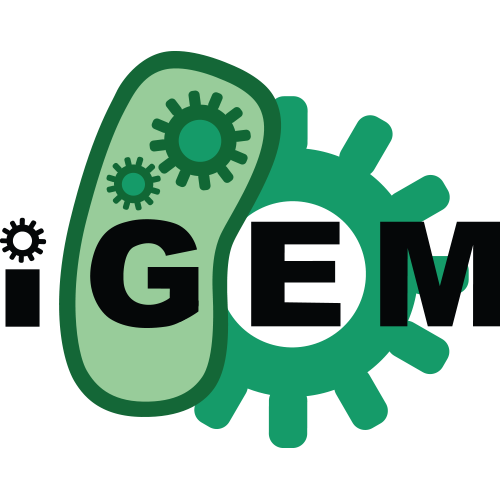Source:
Generated By: https://synbiohub.org/public/igem/igem2sbol/1
Created by: Yiming Dong
Date created: 2016-10-11 11:00:00
Date modified: 2016-10-12 11:56:57
Triple spytag with mSA, FlAsH-tag and signal peptide LipA
| Types | DnaRegion |
| Roles | CDS Coding |
| Sequences | BBa_K1989035_sequence (Version 1) |
Description
The fused protein LipA-3A-mSA-FlAsHtag possess both isopeptide bond forming function, secretion and collectable. Thus, using LipA-3A-mSA-FlAsHtag as a part of hydrogel formation, we can obtain our multifunctional biomaterial.Notes
The length of the linker between spytag may affect the physical and chemical property of hydrogel. As several attributes of our target proteins, especially their folding state in cells, we were unable to rationally design or choose a signal peptide for each. Nevertheless, we could build a Signal Peptide Repertory to screen for the best SP candidate. Our ultimate goal was to select the most appropriate ones from a huge amount of signal peptides.Source
Inspiring from the self-catalysis of isopeptide bond between Lys and Asp in Streptococcus pyogenes fibronectin-binding protein FbaB, researchers split the catalytic domain and obtain two peptide called Spytag(the short one) and Spycatcher(the long one) which are able to form isopeptide bond with the other without any assistant. By fusing Spytag and Spycatcher with functional domains respectively, researchers solve the problem tactfully. In order to using Spytag and Spycatcher system as scaffold, we fused three Spytag spaced by (VPGVG)4 in N-terminal and another functional protein called monomeric streptavidin(mSA) in C-terminal.| Sequence Annotation | Location | Component / Role(s) |
| RBS Signal peptide LipA Spytag-Spytag-Spytag-mSA FlAsH-tag | 30,50 55,147 151,846 851,889 | ribosome_entry_site feature/rbs CDS feature/protein CDS feature/protein tag feature/tag |
